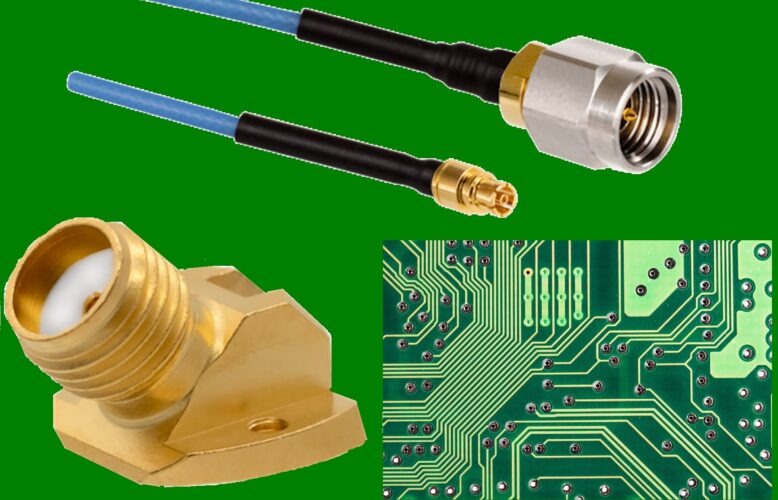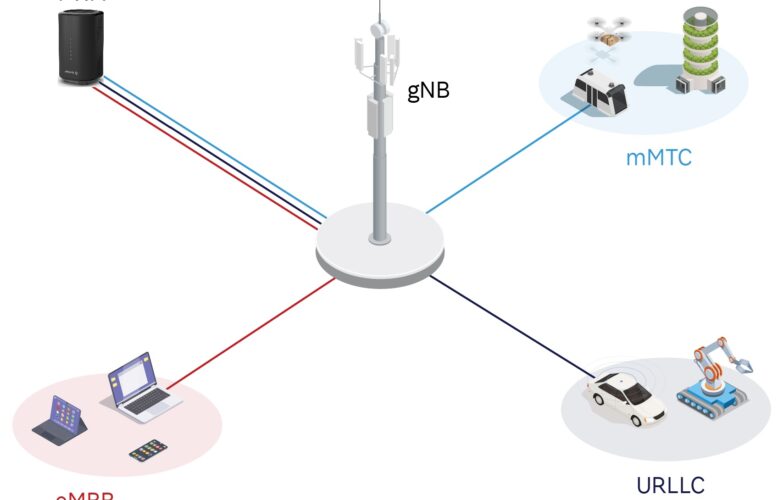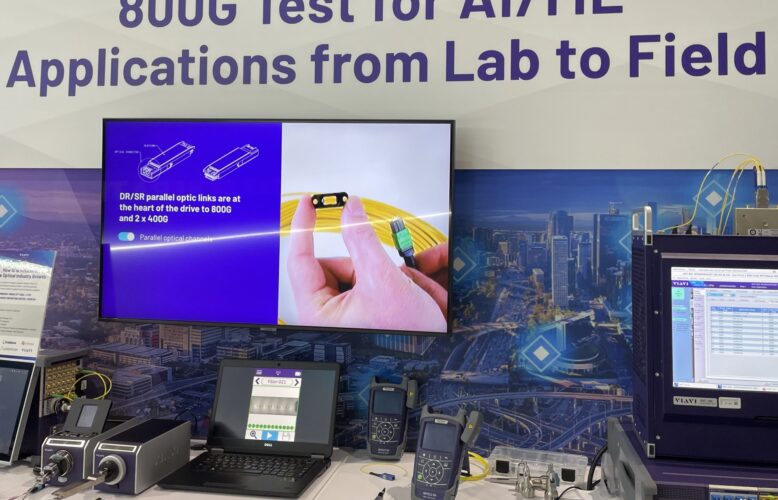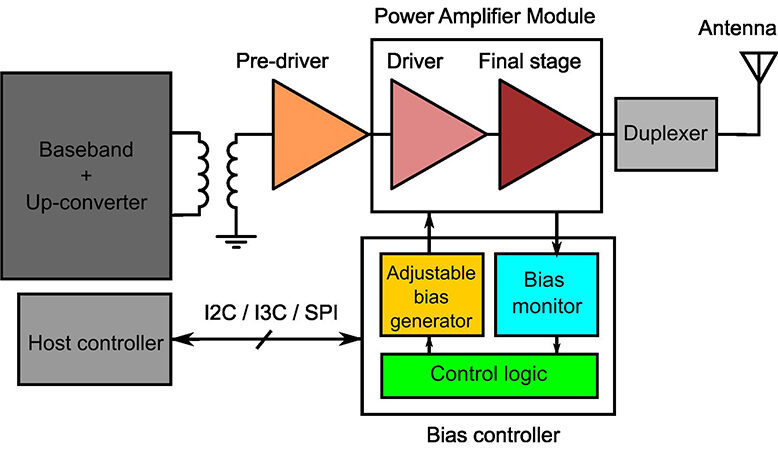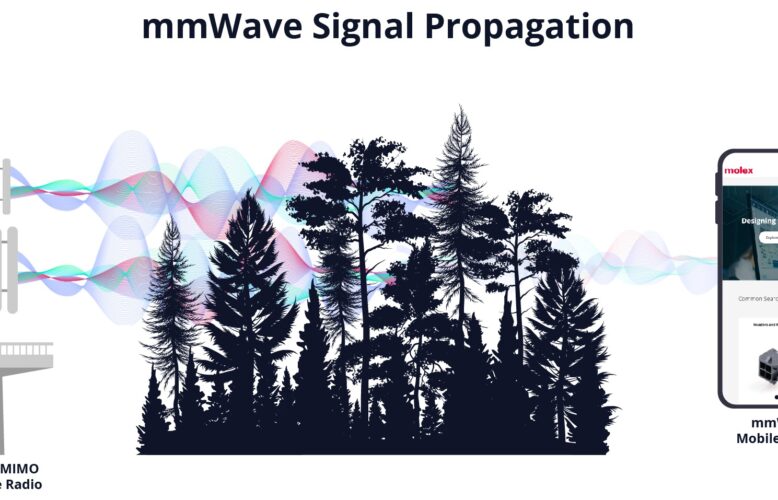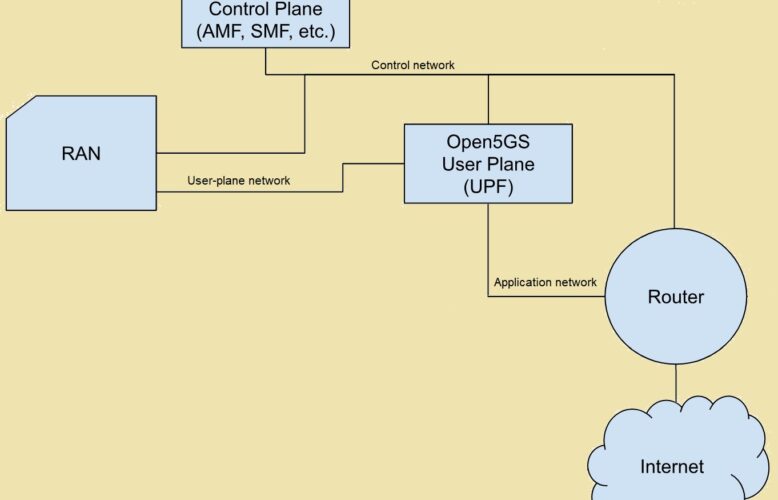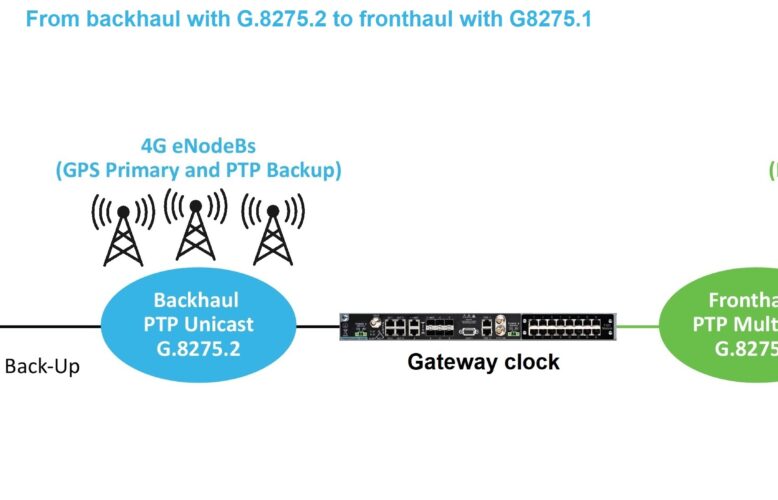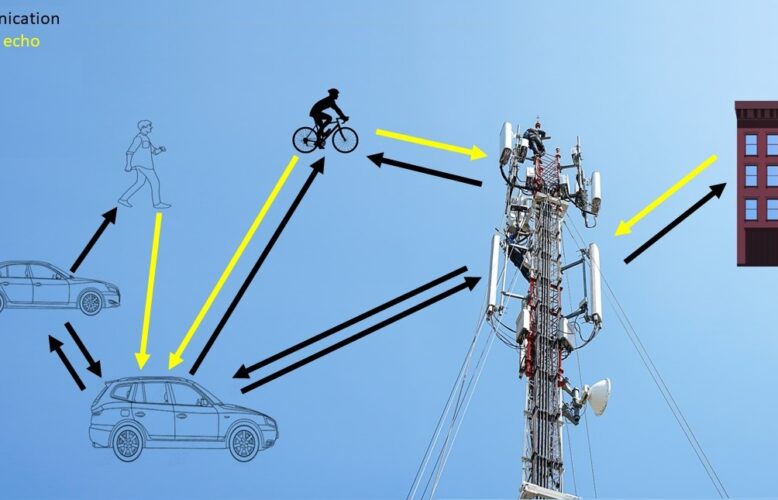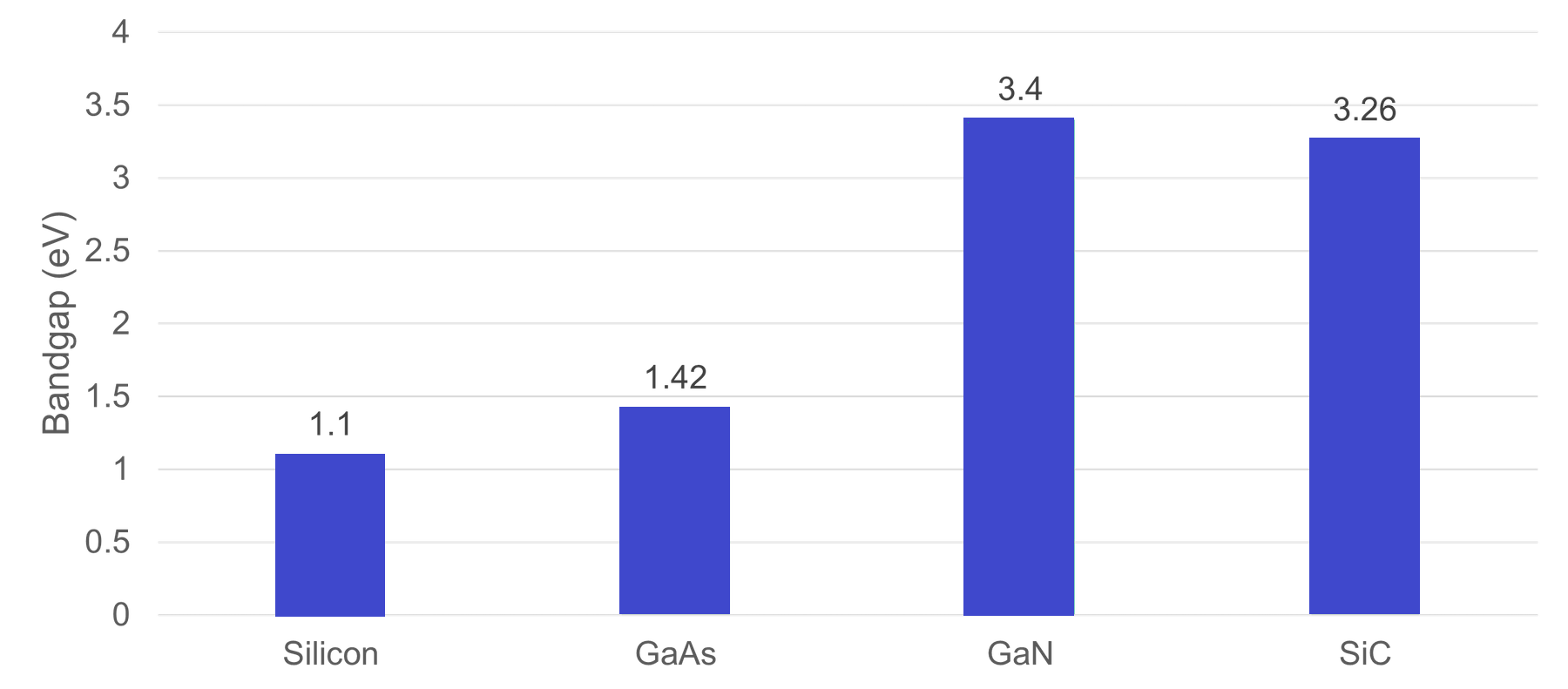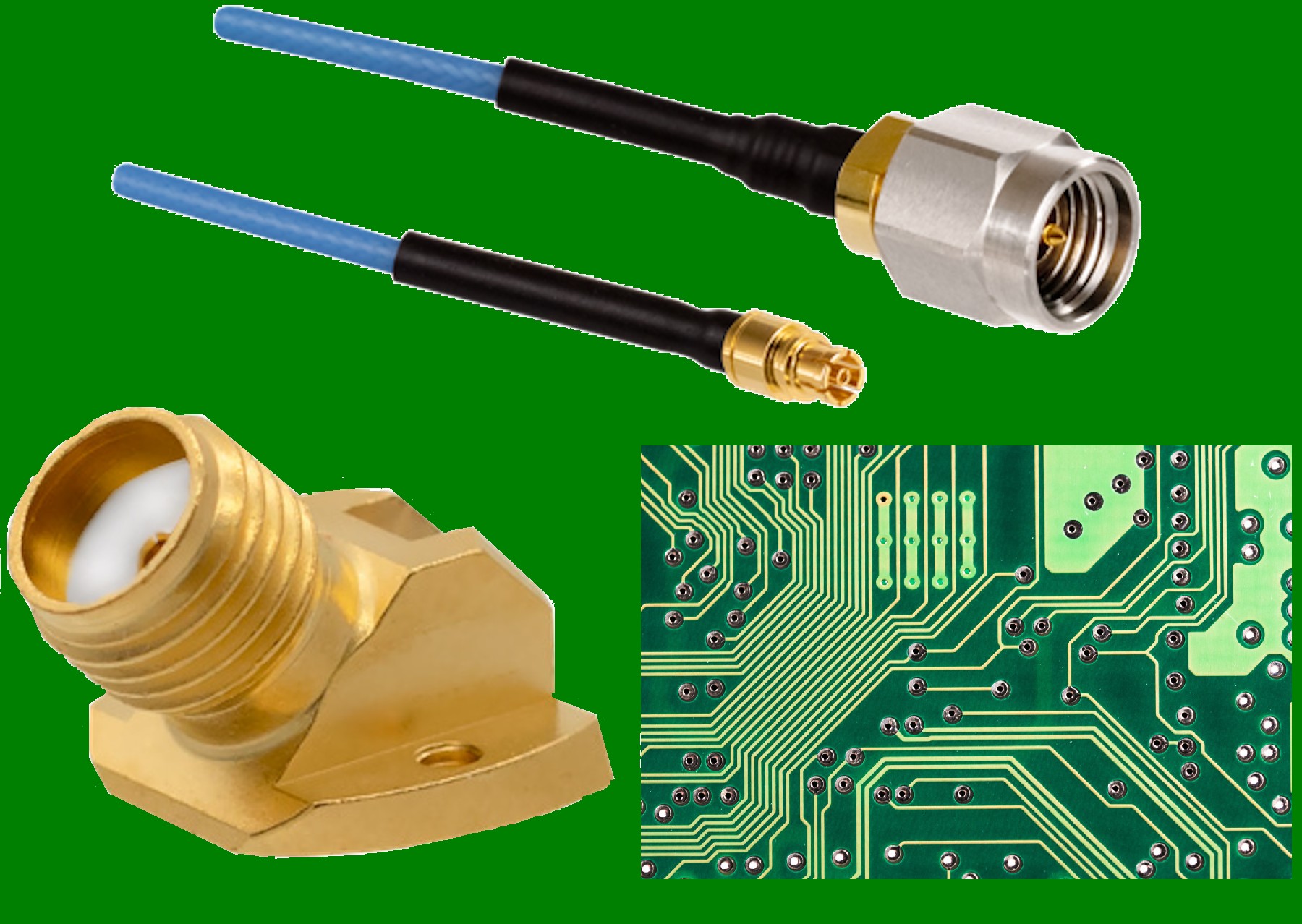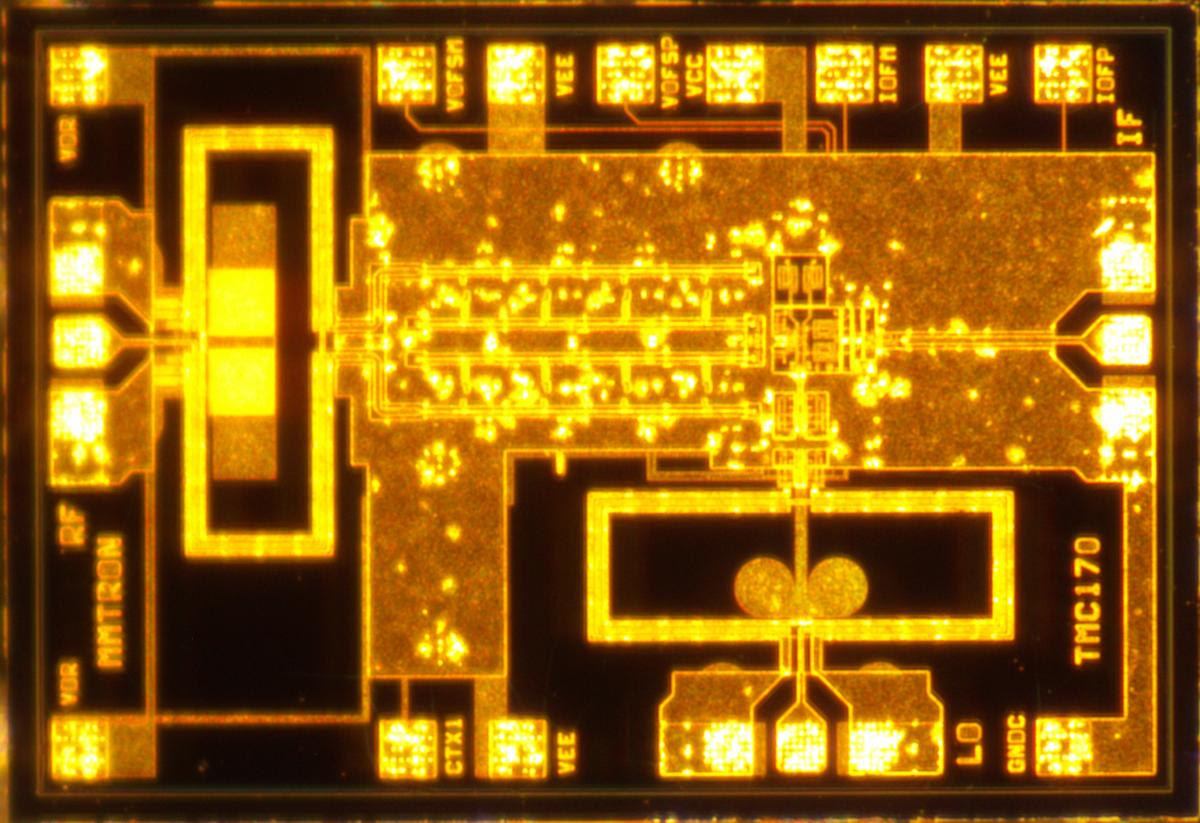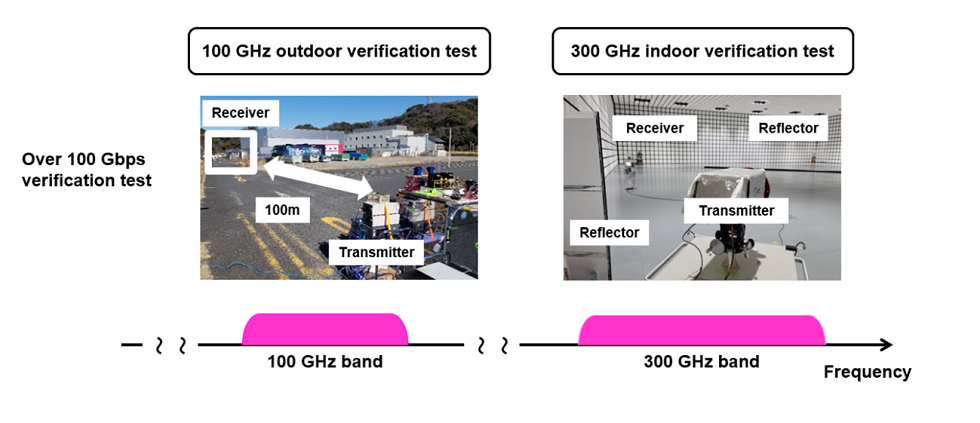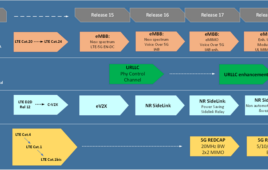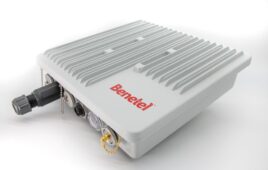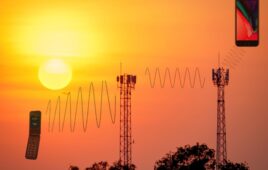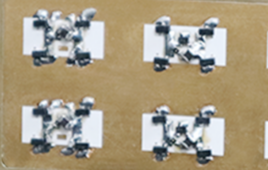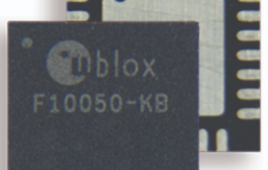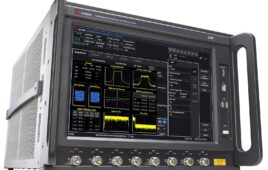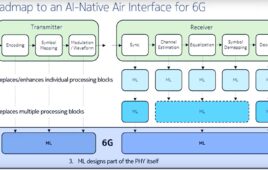
Today on 5G tech World
How GaN PAs in 5G radios push test requirements
Proper PA development, validation, and characterization are important because a PA often accounts for a significant portion of a transmitting device's power consumption.5G software stack runs on small cell PHY SoC
Integrate a 5G Open RAN L1-L3 software stack into a small-cell design.How mmWaves affect cables, connectors, and PCB traces
Millimeter-wave signals used in 5G networks provide wide bandwidth and high data rates. Signal losses, both over the air and through interconnects, bring design challenges.Mixer converts 20 GHz to 80 GHz frequencies down to IF
mmTron Inc. announced an innovative active mixer providing frequency conversion from 20 to 80 GHz. In addition to its bandwidth, the TMC170D stands out with 0 dB average conversion loss across the band with an LO drive of only 0 dBm. The InP semiconductor-based design achieves RF and LO coverage from 20 to 80 GHz…6G: Sub-THz device reaches 100 Gbps data rate
NTT DOCOMO, INC., NTT Corporation, NEC Corporation, and Fujitsu Limited jointly announced the development of a top-level wireless device capable of ultra-high-speed 100 Gbps transmissions in the 100 GHz and 300 GHz sub-terahertz bands. The four companies have been jointly conducting R&D on sub-terahertz devices since 2021 in anticipation of the coming 6G era. To…RF power sensor covers 25 MHz to 1 GHz
Anritsu Company announces the launch of their new inline power sensor MA24103A which is designed to measure accurate Peak and True-RMS average power measurements from 25 MHz to 1 GHz and 2 mW to 150 W power range. Several applications demand accurate peak and average power measurements well below the frequency range of 1 GHz.…Sponsored Content See More >
Devices See More >
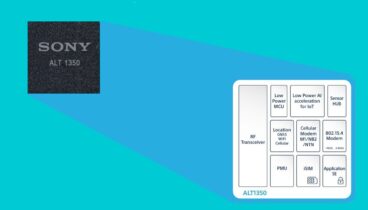
Integrated into IoT devices, iSIM poised to make inroads
Power, price, security, and easy deployment could lead IoT companies to adopt iSIM over eSIM and plastic SIM cards.
IoT See More >
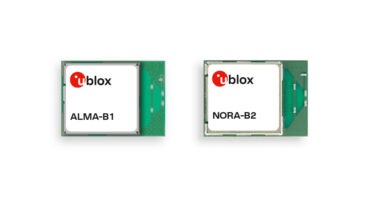
Two Bluetooth modules bring high-end MCU, low power to IoT devices
u-blox has announced two additions to its Bluetooth LE portfolio, ALMA-B1 and NORA-B2. The modules are based on the latest generation nRF54 Series Systems-on-Chip (SoCs) from Nordic Semiconductor. They both support Bluetooth LE 5.4 and Thread/Matter technologies in a compact, power-efficient, and secure format. ALMA-B1 and NORA-B2 are designed for a wide range of IoT applications, including…
RF See More >
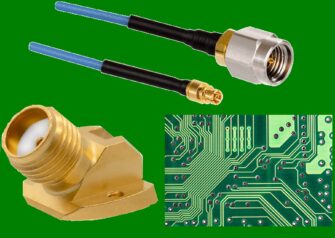
How mmWaves affect cables, connectors, and PCB traces
Millimeter-wave signals used in 5G networks provide wide bandwidth and high data rates. Signal losses, both over the air and through interconnects, bring design challenges.
Wireless Design and Development See More >
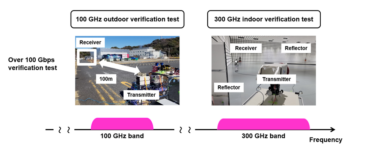
6G: Sub-THz device reaches 100 Gbps data rate
NTT DOCOMO, INC., NTT Corporation, NEC Corporation, and Fujitsu Limited jointly announced the development of a top-level wireless device capable of ultra-high-speed 100 Gbps transmissions in the 100 GHz and 300 GHz sub-terahertz bands. The four companies have been jointly conducting R&D on sub-terahertz devices since 2021 in anticipation of the coming 6G era. To…
Radar See More >
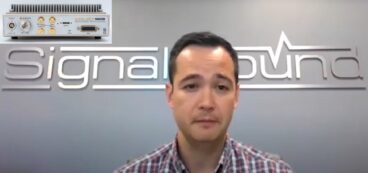
New Signal Hound CEO to focus on strategy, marketing, sales
In a video interview, Harrison Osbourn explains that he handle the CEO-level functions while Tom Lane takes over as president.

